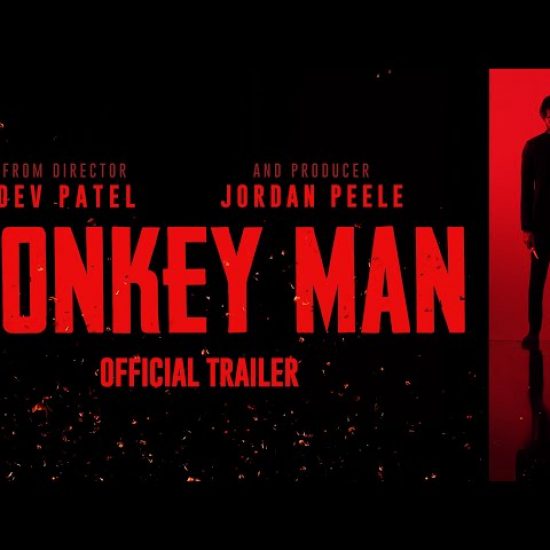Hani Abuagla
The company famous for Mickey Mouse celebrates its first centenary in the midst of a restructuring process. This conglomerate is made up of three divisions, first of all theme parks, resorts, cruises and consumer products. Secondly, a complete portfolio of content and media businesses, including Walt Disney Studios, Pixar, Marvel, Lucas Film, 20th Century Studios, ABC, FX, National Geographic and Hulu, among others. Finally, ESPN, which includes the company’s sports channels. In recent months it has suffered great volatility and to celebrate its birthday, we are going to analyze where the company is at.
Return to the origins
Last November, Bob Iger took over the company again after retiring in 2020 and after spending 15 years as CEO. Iger’s successor did not have it easy, as he took over in early 2020, just before the pandemic broke out. But what really brought him down were his business decisions and his lack of forcefulness in the dispute with the governor of Florida. On the one hand, he tried to lead the company towards a model of data storage through viewing habits on Disney+ and in its parks, and on the other, he was highly criticized for not clearly opposing the bill that prohibited teachers from talking about sexual orientation with students proposed by presidential candidate Ron DeSantis.
Iger brought some calm to investors by immediately announcing plans to cut 7,000 jobs and a cost reduction of $5.5 billion. He also softened the relationship with DeSantis, who threatened to strip him of all the privileges he has in the State of Florida. Although this was not enough, since the company continued to lose money and other sources of tension appeared, such as the writers’ strike and the dispute to gain full control of Hulu. Now it is drawing up a new strategic plan for the coming years, while investors demand short-term profitability.
The goose that lays the golden eggs
The theme park and cruise business is one of the main sources of income for the company. After being closed during the hardest part of the pandemic, they recovered pre-pandemic activity levels much faster than expected. This year they are expected to generate 10,000 million benefits, compared to 2,200 a decade ago. The company knows that this is one of the pillars of the business and that is why it has announced an investment of 60,000 million for the next decade.
Although it seems like a sound strategy, you will need to generate a lot of cash flow to carry out these plans. The debt, which amounts to 44 billion, is already too high and investors hoped to recover the dividend suspended since 2020. Disney intends to finance this investment with the increase in rates, which at the moment is 10%. Theme parks welcome more than 100 million people each year and since 2019 the average spending per visitor has increased by 42%.
The number of subscribers is no longer a priority
During the first years of expansion in streaming services , investors have focused on subscribers, since they generate a stable and predictable source of income. The performance of Disney+ since its launch has been dizzying, reaching more than 160 million subscribers in just three years. But the problem with this type of entertainment platforms is that they need to constantly renew their content to retain their users. The cost of making programs has skyrocketed, which has generated million-dollar losses for the company.
They had traditionally focused on a strategy of fewer, but bigger films, with the goal that they had greater potential to become box office hits. But the need to make content to feed its streaming platform led it to make too many sequels and spin-offs that have not had the desired success. To compensate for the losses, it has used the recent strike of writers and actors as an excuse to delay the release schedule and thus delay production costs and reorganize production. It has also raised the price of its plans and changed the focus to what is really important, profitability per subscriber.
The pandemic killed cable TV
As streaming services proliferated , users began to accumulate too many subscriptions. This led them to take stock and choose the ones they were actually using. Viewers’ priorities have changed, now they want à la carte content and they want to choose when to enjoy it. For this reason, cable television that offers more than 200 channels for a monthly fee is in decline. Now you can choose the platforms that broadcast your favorite sports or movies and cancel them when necessary, which is more convenient and economical.
Before the pandemic, the cable television business generated a third of Disney’s income and more than half of its profits with channels such as Disney Channel, ABC, FX or National Geographic. But now it is slowly falling apart, has not grown for years and profits are expected to fall by 2 billion this year. In recent weeks it has maintained a battle with one of its main distributors to maintain the broadcast. The great challenge for Disney will be to see how it manages to compensate in the future for the 1.9 billion profits that cable TV currently generates with the streaming businesses that now generate losses worth 500 million.
Never say I will not drink this water
Disney management had always maintained a firm stance against gambling for reputational reasons, but recent financial turmoil appears to have made it forget its principles. The sports betting business is growing strongly after a Supreme Court ruling in 2018 allowing states to decide on its legalization. This decision has facilitated important agreements with the major North American leagues and Disney did not want to be left behind. It recently announced a 10-year deal with Penn Entertainment worth $1.5 billion to offer betting on games through ESPN Bet. Penn will develop the app and Disney will help market it to its customers.
This has been a very controversial decision, since ESPN is the leading sports network in North America and linking it directly to sports betting discredits it in a certain sense. But when a company needs quick income, it better do it in businesses capable of generating cash quickly. Last year, the online sports betting industry generated revenue of more than $7.5 billion. This is the amount after winning bets are paid. This year it is expected to be close to $12 billion. With cable television in the process of transitioning to an on-demand model, executives have been forced to enter this new business.
Investment opportunity
After recovering from the falls suffered during the pandemic and exceeding 200 euros per share with a revaluation of more than 150%, prices plummeted again this year. The poor prospects of its cable TV business and the poor results of its streaming business led the company to its lowest level since the pandemic, when all of its parks were closed. Plans to relaunch the company have been clouded by legal disputes with Florida’s governor, a writers’ strike and questions over management.
The company’s new strategic plan seems increasingly clear, on the one hand it wants to reinforce its great source of income, which are parks and cruises. On the other hand, it wants to develop an on-demand content model with its Disney+, ESPN and Hulu platforms. The company aims to be profitable in its streaming business from 2024 and to this end it has incorporated ads into some subscription options and has doubled its rates since its launch. The company’s real challenge will be to make its streaming business replace that of cable television in terms of revenue.
Also published on Medium.






